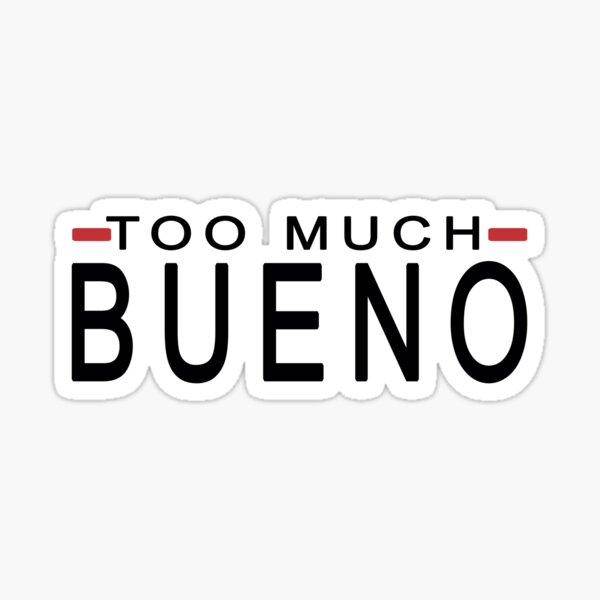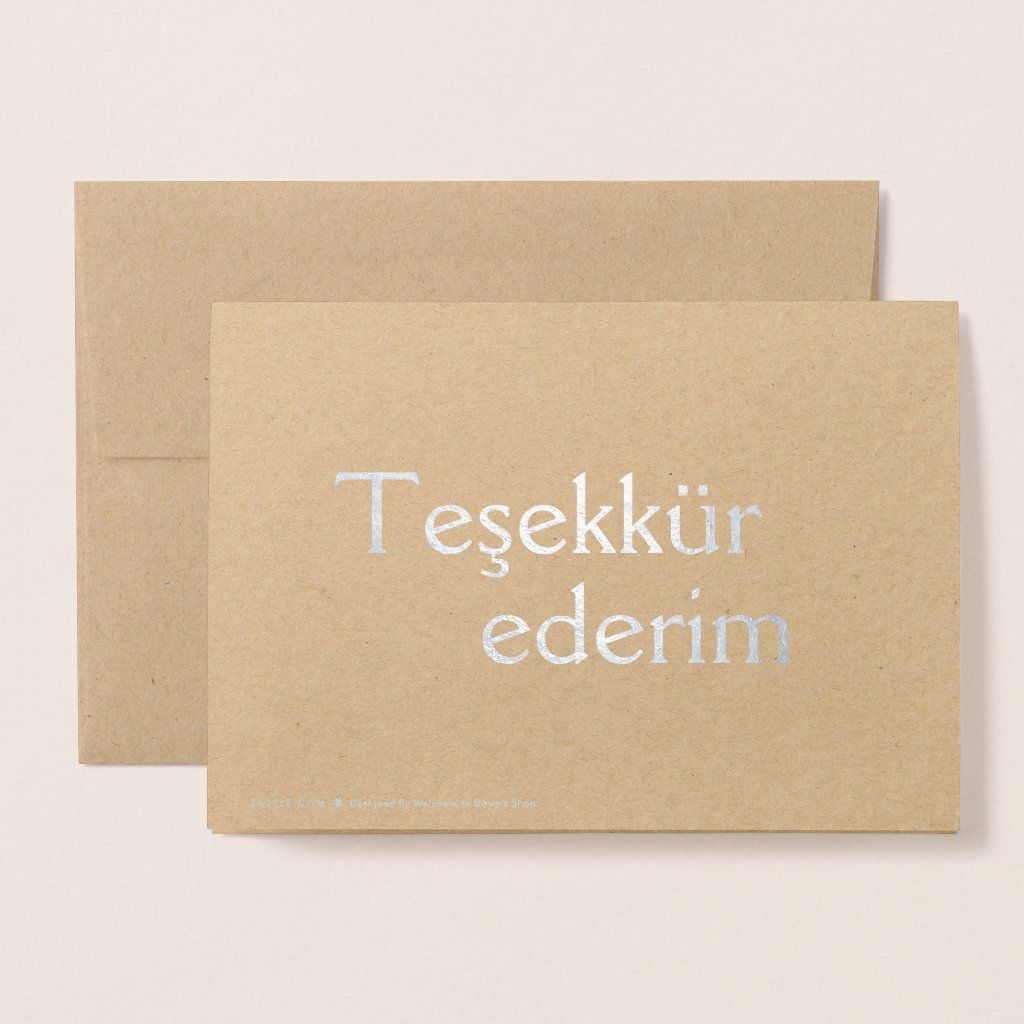How to Foster Creativity in Toddlers Through Play
How to Foster Creativity in Toddlers Through Play is crucial for nurturing a child’s development and future success. Imagine a world where your little one isn’t just playing, but actively exploring, creating, and problem-solving. This is the power of play-based learning, and it’s within reach. Many parents struggle to find engaging and effective ways to encourage their toddler’s creativity. This article will outline practical strategies and engaging activities to cultivate a love of learning and exploration in your child. We’ll explore diverse play styles, from imaginative play to sensory experiences. Let’s dive into a journey of unlocking your toddler’s creativity, one playful moment at a time.
The Importance of Play in Toddler Development
Fostering a love for exploration
Toddlers are naturally curious and eager to explore the world around them. Play is their primary tool for learning and discovery. Through play, they develop fundamental cognitive skills, social-emotional intelligence, and physical coordination. Furthermore, play allows children to experiment with different ideas and concepts, helping them to make sense of the world around them. Engaging activities cultivate the ability to think outside the box. Think of play as the bedrock of cognitive development; it’s where critical thinking, problem-solving, and creative expression take root. According to the National Association for the Education of Young Children (NAEYC), play is essential for healthy child development and helps them build confidence, independence, and social skills. This fundamental aspect of early childhood development directly correlates with academic success and future well-being.
Imaginative Play: Unleashing Inner Artists
Building Imaginary Worlds
Imaginative play is a cornerstone of early childhood development, allowing toddlers to explore different scenarios, roles, and perspectives. This type of play is crucial for building creativity and cognitive skills. Through role-playing, for example, a child might be a doctor examining a stuffed animal or a superhero saving the day. This exploration of the imagination enhances their social skills. For instance, pretend play with a dollhouse or cars can simulate real-life situations, improving problem-solving abilities. Studies show that imaginative play is linked to higher levels of creativity and adaptability in later life. For example, in a recent study, children who engaged regularly in imaginative play demonstrated higher scores on creativity tests. Moreover, allowing them to create their own stories and scenarios fosters self-expression and a love for storytelling.
Sensory Exploration: Engaging the Senses
Sensory Play Experiences
Sensory play is another effective tool for stimulating creativity and cognitive development. By introducing different textures, smells, sounds, and tastes, parents can engage the senses. This type of play can be as simple as exploring different textures with play-dough, or creating a sensory bin filled with beans, rice, or water. Using various tactile materials like different fabrics or objects allows the child to learn and explore the world through touch, smell, sight, and sound. This multi-sensory experience can be invaluable to cognitive and sensory development. Sensory exploration fosters a deeper understanding of the world, enriching the child’s experiences.
Creative Movement and Arts & Crafts
Exploring through movement
Engaging toddlers in creative movement activities such as dance, music, or simple gymnastic exercises can boost their creativity significantly. These activities stimulate gross motor skills and help children develop a sense of rhythm and body awareness. Similarly, arts and crafts activities such as drawing, painting, sculpting with play-dough, or making collages offer a wealth of opportunities for self-expression. It’s important to provide a variety of materials, encourage experimentation, and avoid being too critical. This approach encourages self-discovery and creativity, helping them develop fine motor skills.
Related Post : How to Stay Organized in Middle School
Nature-Based Play: Connecting with the Outdoors
Discovering the natural world
Nature provides a wealth of opportunities for creative exploration. Toddlers can engage in imaginative play while exploring a park, collecting leaves, or building a fort in the garden. This kind of play encourages them to observe the natural world around them, encouraging curiosity, and fostering a sense of wonder. Children often develop a deeper appreciation for the environment and learn about the different species within their surroundings. Nature-based play provides a diverse collection of natural materials, fostering the natural development of problem-solving skills and imaginative scenarios.
Building Blocks: Physical and Cognitive Development
Developing Spatial Reasoning
Manipulating blocks can stimulate cognitive and fine-motor skills, as well as fostering creativity. Toddlers learn spatial reasoning and problem-solving while building towers, houses, or other structures. This playful interaction encourages exploration and creativity as well.
Storytelling and Reading: Expanding Horizons
Imaginative Narratives
Reading stories aloud to toddlers and encouraging them to create their own stories is a wonderful way to cultivate creativity. These activities help toddlers develop a love for language, storytelling, and imagination, which are essential for later learning. Stories can act as catalysts for creativity.
Structured Activities: Guiding Exploration
Playtime with Purpose
While unstructured play is important, guided activities can also be valuable. Consider creating simple craft projects or obstacle courses. Structure helps toddlers understand the process, from planning to execution. This type of structured activity can be beneficial in certain circumstances.
Providing a Supportive Environment: Encouraging Growth
Creating a Creative Space
A safe and stimulating environment can support a child’s creativity. Provide a dedicated play area filled with diverse toys and materials, fostering their exploration. It’s essential to be a role model, and demonstrate enthusiasm and curiosity yourself. A child needs to witness creativity firsthand in order to develop their own creative instincts.
In conclusion, fostering creativity in toddlers through play is a rewarding journey that nurtures their imagination, problem-solving skills, and overall development. By providing enriching experiences and engaging activities, parents and caregivers can unlock their child’s innate creativity. Remember to be patient, observant, and flexible in your approach. Embrace the messy, the unexpected, and the pure joy of discovery. For more personalized guidance, consider consulting a child development specialist or attending workshops focused on early childhood development. Try out these play-based activities with your toddler today and witness the magic unfold!
Share this content:




Post Comment